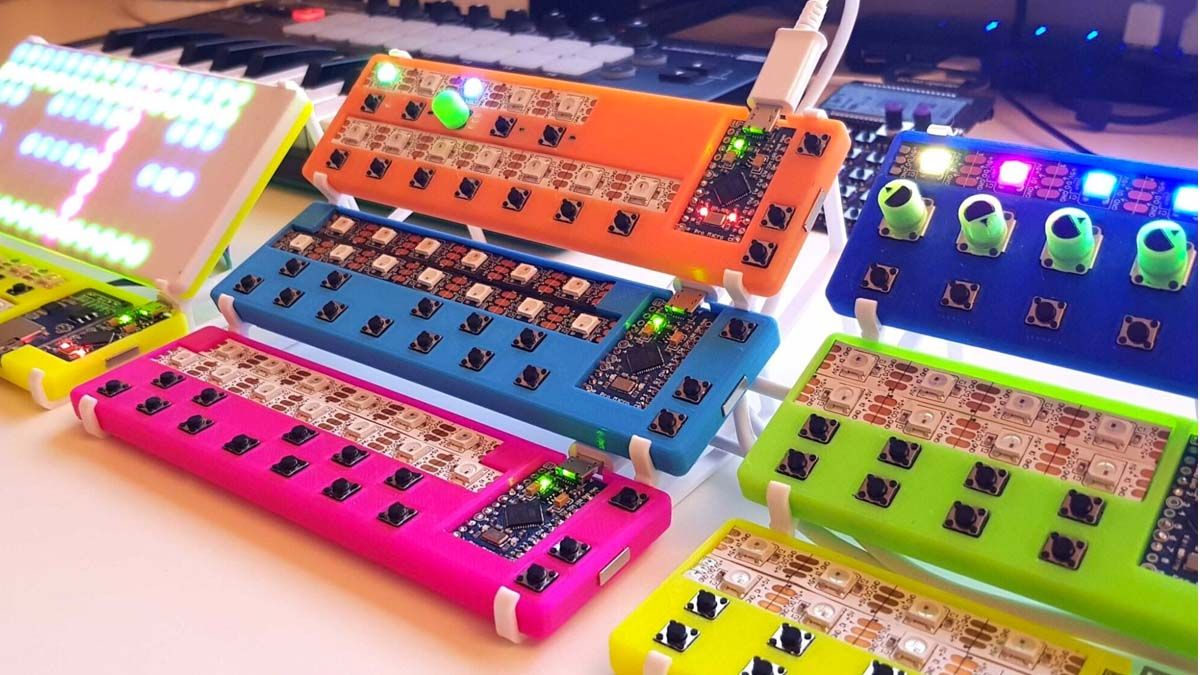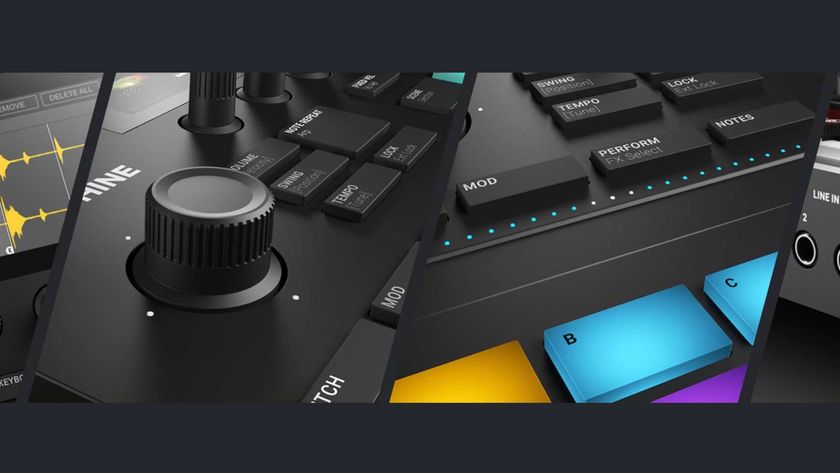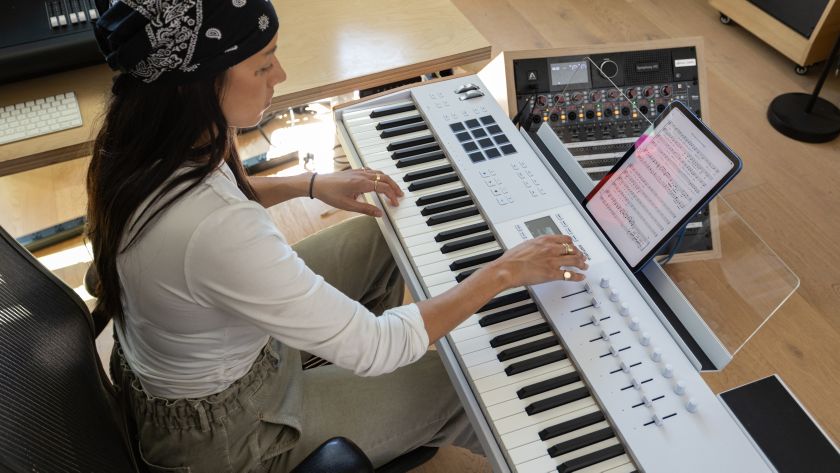Just $6 buys you this open-source MIDI synth – but you'll need a 3D printer
Johan Von Konow's LEET Synthesizer is an affordable, fun modular project for those with an appetite for DIY electronics

Maybe it's time you called in on that friend of yours with the megabucks 3D printer, as Johan Von Konow has just released his latest project, the open-source modular LEET Synth.
LEET Synth comprises a keyboard, drum pad, chord keyboard, arpeggiator and step sequencer – and best of all it has masses of RGB blinkenlights for playback visualisation.
Yes, it might take a little work but Konow has done all the heavy lifting. He says anyone with basic soldering skills, a sense of adventure and access to a 3D printer will be able to put it together.
You'll need a soldering iron with a narrow tip. Ideally, your workstation will have a smoke remover. You'll also need the following parts to build the keyboard: Arduino pro micro; 13 LEDs from a ws2812 led strip (60led/m), 15 6×6 tact switches and 34g PLA filament.
The sum total of parts for the basic keyboard should cost you in the region of $6, with a couple of bucks more investment you can make the sequencer.
I initially planned to design a self-contained synth with batteries, sound generation and built-in speaker, but quickly realized that it would be more useful to build a modular system instead
Johan Von Konow
Using a Prusa i3, the keyboard will be printed in around three-and-a-half hours, with the soldering taking you between one to two hours, depending on your skill level.
Von Konow's designs have a 3D printed core (3DPCB) to create the device's exterior. This will house all components and has integrated wire channels for fool-proof connections.
Get the MusicRadar Newsletter
Want all the hottest music and gear news, reviews, deals, features and more, direct to your inbox? Sign up here.
The devices were designed to be "simplistic, solid and playful," and Von Konow encourages hacking and refining. Those with a knowledge of Arduino IDE will be able to navigate the framework and make their modifications without too much trouble.
"This project started as an idea to develop a synth using the 3DPCB idea," he says on his website. I initially planned to design a self-contained synth with batteries, sound generation and built-in speaker, but quickly realized that it would be more useful to build a modular system instead.
"By using MIDI, the project becomes flexible and enable high-quality sound generation. I considered using MIDI over Bluetooth, but the increased complexity with batteries, charging circuits, size, cost and reliability, made me stick with traditional USB connections."
For more details, head on over to Von Konow's site.


Jonathan Horsley has been writing about guitars and guitar culture since 2005, playing them since 1990, and regularly contributes to MusicRadar, Total Guitar and Guitar World. He uses Jazz III nylon picks, 10s during the week, 9s at the weekend, and shamefully still struggles with rhythm figure one of Van Halen’s Panama.












